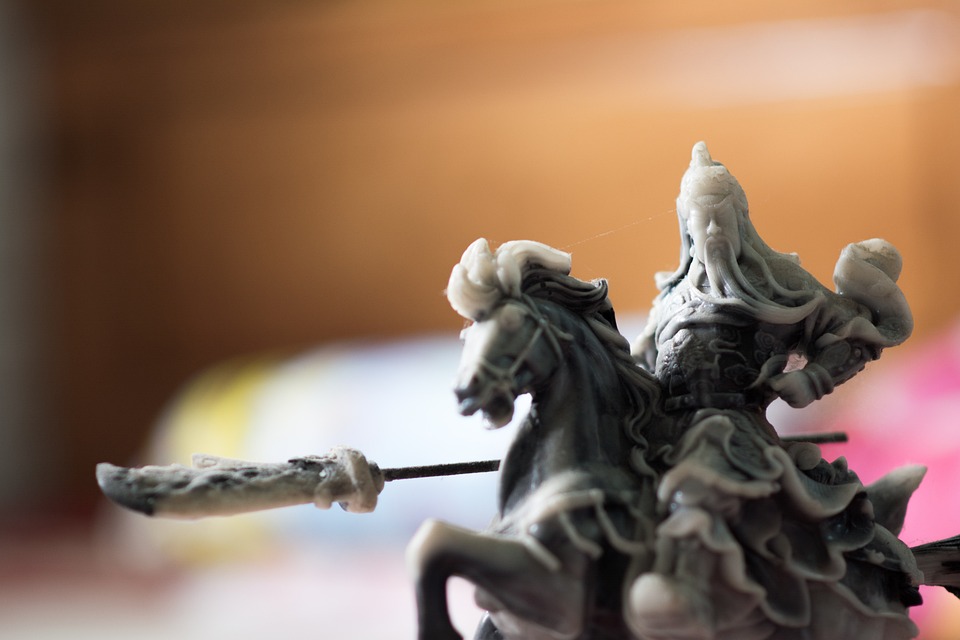Setting up a fish tank with live rock is an exciting endeavor for any marine fish enthusiast. Live rock not only adds aesthetic appeal to your aquarium but also plays a vital role in creating a healthy and thriving marine ecosystem. In this comprehensive guide, we will walk you through the step-by-step process of setting up a fish tank with live rock, ensuring the well-being of your marine fish. Read on to discover the secrets of creating a stunning underwater paradise.
**Table of Contents**
1. Introduction
2. Selecting the Right Tank
3. Choosing Live Rock
4. Preparing the Tank
5. Curing Live Rock
6. Setting Up the Aquarium
7. Introducing Fish to the Tank
8. FAQs (Frequently Asked Questions)
**1. Introduction**
Before diving into the setup, it’s essential to understand the importance of live rock in a marine fish tank. Live rock serves as a natural biological filter, providing shelter, surface area for beneficial bacteria growth, and a source of food for certain marine organisms. By mimicking a natural reef environment, live rock encourages the growth of corals, sponges, and other fascinating marine life.
**2. Selecting the Right Tank**
Choosing the appropriate tank size is crucial for the well-being of your marine fish. Consider the space available in your home and the species of fish you plan to keep. As a general rule, a larger tank provides a more stable environment and reduces the risk of water quality issues. Aim for a tank capacity of at least 20 gallons for a beginner setup.
**3. Choosing Live Rock**
When selecting live rock for your tank, opt for premium-quality pieces that are sustainably sourced. Look for rock with a variety of shapes, sizes, and textures, as this will create diverse habitats for your marine fish. Avoid rock that appears dead, as it may introduce harmful organisms into your tank.
**4. Preparing the Tank**
Before adding live rock, thoroughly clean your tank to remove any dust, debris, or chemical residue. Rinse the tank with warm water and a non-toxic aquarium-safe cleanser, ensuring no harmful substances are left behind. It is crucial to cycle your tank before introducing live rock, as this establishes a stable environment for your fish.
**5. Curing Live Rock**
Curing live rock is a vital step in preparing it for your marine fish tank. Fill a separate container with saltwater and place the live rock inside. Monitor the water parameters closely, ensuring ammonia and nitrite levels remain at zero. This curing process allows any dead organisms or debris on the rock to decompose, preventing potential issues in your tank.
**6. Setting Up the Aquarium**
Now that your tank is prepared and the live rock is cured, it’s time to set up your aquarium. Begin by adding a layer of live sand to the bottom of the tank, providing a natural substrate for your fish. Carefully arrange the live rock, creating caves, arches, and ledges to mimic a natural reef structure. Introduce saltwater, ensuring it is properly mixed and has the appropriate salinity level. Install a high-quality filtration system and a heater to maintain stable water conditions.
**7. Introducing Fish to the Tank**
Before adding fish to your tank, it is essential to allow the aquarium to cycle for several weeks. This process allows beneficial bacteria to establish and stabilize the nitrogen cycle, ensuring a healthy environment for your marine fish. Choose fish species that are compatible with each other and the tank size, considering factors like aggression, size, and dietary requirements. Gradually acclimate the fish to the water parameters and carefully introduce them to the tank.
**8. FAQs (Frequently Asked Questions)**
Q: How long does it take for live rock to cure?
A: The curing process typically takes 2-4 weeks, depending on the condition of the live rock.
Q: What lighting is best for a fish tank with live rock?
A: LED lighting is commonly used for marine aquariums, as it provides excellent spectrum control and energy efficiency.
Q: How often should I clean my fish tank with live rock?
A: Regular maintenance, including water changes, cleaning the glass, and siphoning debris, should be performed every 2-4 weeks.
Q: Can I add corals to a fish tank with live rock?
A: Yes, once your tank is established and stable, you can introduce corals that are suitable for your tank’s lighting and water parameters.
Q: How can I maintain stable water conditions in my fish tank?
A: Monitoring water parameters regularly, performing regular water changes, and maintaining proper filtration and protein skimming are essential for stability.
Setting up a fish tank with live rock requires patience and attention to detail, but the rewards are well worth the effort. By following these steps and providing proper care, you’ll create a stunning marine ecosystem that will delight both you and your marine fish. Enjoy the beauty of your underwater world!









